Can homes help create well-being for their occupants, not simply from their materials and air quality but through the design of the building itself? Yes.
You may have noticed that some dwelling spaces are a joy to be in, while other spaces feel less comfortable. The design and construction of a building contribute to the overall feeling you have within it or within any constructed space.
The goal of the ancient Vedic system of architecture known as vastu is to create buildings for better health, growth of consciousness, and enhanced quality of life—in other words, homes for greater well-being.
How buildings help create well-being
Vastu architecture, also known as Sthapatya Veda, is the oldest of the world’s architectural systems. Until recent times, this knowledge was fragmented or lost, but TM Founder Maharishi Mahesh Yogi worked with experts in India to unify and restore vastu architecture to its wholeness and bring this timeless knowledge to the world. Thus, this system is known as Maharishi Vastu architecture.
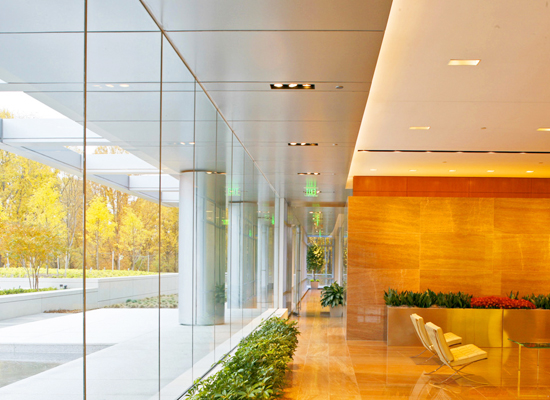
Maharishi Vastu principles may be used with any style of architecture, from classical to contemporary
Maharishi also revived vastu design to include uniquely contemporary elements that contribute to wellness, such as natural and nontoxic construction materials, abundant fresh air and natural light, views of nature, and reduced electromagnetic radiation.
The principles of Maharishi Vastu architecture integrate the life-supporting values of natural law into the design of a home, producing profound compatibility between the built environment and nature. This has been found to enhance the mental and physical health, family relations, work, and growth of consciousness of those who live or work in the home or building.
A 2022 study in Global Advances in Health and Medicine finds that incorporating these principles into buildings is associated with significant improvements in occupants’ physical and mental health and quality of life, including better sleep, greater happiness of children, and the experience of a heightened sense of security and reduced stress.
Greater creativity at work and home
The Maharishi Vastu system may be incorporated into any style of architecture, from classical to contemporary. Many of its key elements are based on the influence of the sun and other celestial bodies, and on our relationship to the cardinal directions, to align individual intelligence with the order and intelligence of the cosmos.
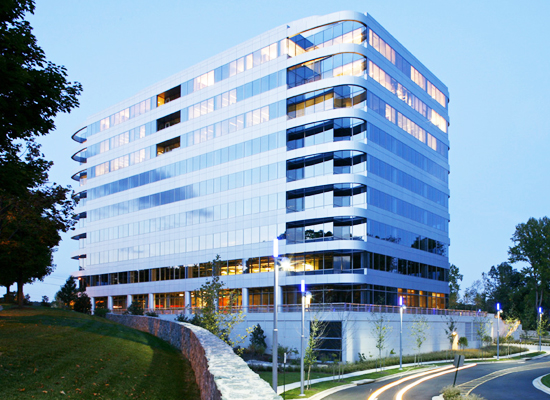
The Tower Oaks Building, a Maharishi Vastu office complex developed by the Tower Oaks Companies in Rockville, Maryland
When key design and construction principles are applied to a home, workplace, or an entire community, they ensure that a building will nurture and promote the well-being of its occupants.
A groundbreaking study published in Creativity Research Journal in 2019 found increased creativity in employees who worked in a building designed according to Maharishi Vastu architecture. In the first study of its kind, all employees of an architectural consulting firm in Rockville, Maryland, moved into a Maharishi Vastu office building.
The study found that they scored higher on the standardized Torrance Tests of Creative Thinking, compared to four months earlier in their previous workplace. There was less than a 1 percent possibility that the result was due to chance. Learn more about this study in “Can the Right Architecture Make Us More Creative?”
Principles of Maharishi Vastu architecture
The following are a few of the many elements of a Maharishi Vastu home or office building. When all the principles and details are combined, the most nurturing, positive effect is created—a wholeness greater than the sum of the parts.
- Right direction: Orientation is a key principle of Maharishi Vastu. Buildings that face precisely east provide benefits from the nourishing energy of the rising sun.
- Right placement of rooms: Activities such as cooking, eating, or sleeping align with and are supported by the various qualities of the sun’s energy as it passes through the day’s cycle.
- Right proportions and dimensions: Ancient mathematical design formulas are employed to strengthen the connection of our individual intelligence with the order and intelligence of the cosmos.
- Natural materials: Building with natural, nontoxic materials suitable to local climates and conditions helps avoid harmful effects.
- Eco-friendly and alternative energy options: Maharishi Vastu homes may be constructed with environmentally friendly and sustainable technologies that have small or zero carbon footprints. The designs may incorporate technologies such as solar hot water, photovoltaic electrical power, geothermal heating and cooling, daylighting, and rainwater catchment.
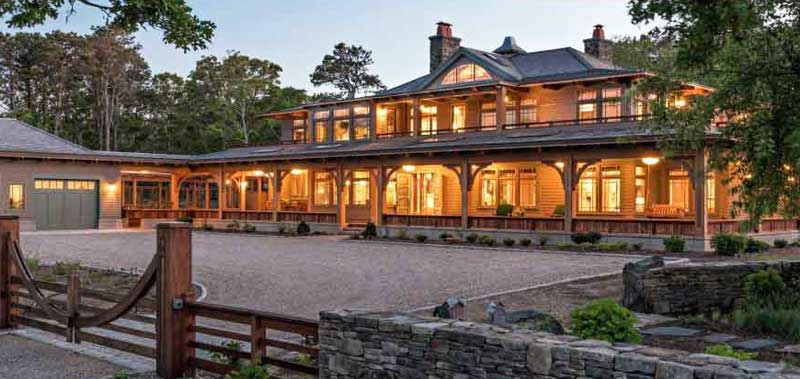
Rooms are placed so activities (cooking, working, etc.) are supported by the sun’s varied energies throughout the day
Reports from people living in Maharishi Vastu homes
Those who live or work in these remarkable buildings report experiencing greater well-being:
- Improved health and happiness
- Increased harmony among family members
- Heightened feeling of contentment
- Coherent, orderly thinking
- Feeling protected
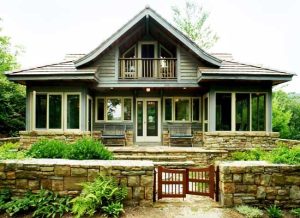
People living in Maharishi Vastu homes report improved health and happiness
Everything seems to be in the right place, orderly and coherent. Cooking in the kitchen is effortless and a pleasure. Eating in the dining room is satisfying. Sleeping in the bedroom is refreshing and rejuvenating. We enjoy being at home. —M.B., Fairfield, Iowa
When we first moved into the house, I found that I could just be myself. I have grown in ways that I could not have expected or predicted. —C.R., North Carolina
We’ve noticed it’s easier to be positive in our Maharishi Vastu home. There’s been an upsurge in positivity. I feel so comfortable and happy here that I don’t really want to go anywhere else. —G.S., Peterborough, New Hampshire
Maharishi Vastu Consulting provides the consulting services necessary to create these sustainable homes and buildings to support growth of consciousness, coherence, and happiness in all areas of life.
To learn more visit MaharishiVastu.org


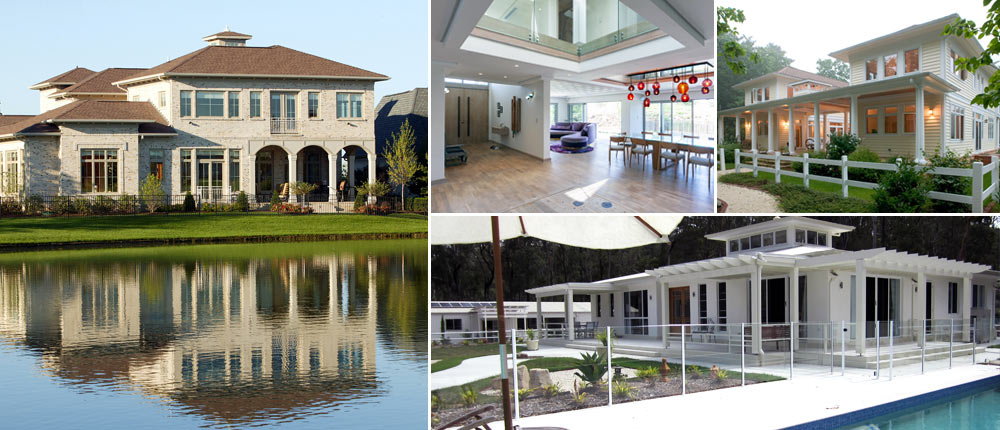

RELATED TOPICS
What It’s Like Living in a Maharishi Vastu House
Homeowners share their experiences of living in their Maharishi Vastu® home.
Yoga for the Home: How a Home Can Support an Enlightened Life through Maharishi Vastu Architecture
Learn more about living in a healthy, Maharishi Vastu® home in this presentation by experts Jon Lipman, A.I.A., and Susan Lauer.
Maharishi Vastu Homes and Office Buildings
Browse through a photo gallery of Maharishi Vastu® homes, office buildings, and communities.
Did Maharishi Vastu Principles Influence Roman and Renaissance Architecture?
Vastu architect Christian Schweizer discovers principles from the ancient texts of Vedic architecture in Roman and Renaissance buildings.